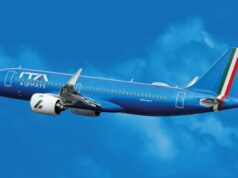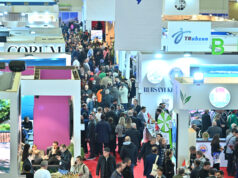Los Angeles World Airports (LAWA) and the Transportation Security Administration (TSA) today formally unveiled the first five Automated Screening Lanes to be installed as part of a $12.3 million project to upgrade 14 lanes in the Tom Bradley International Terminal Security Screening Check Point at Los Angeles International Airport (LAX).
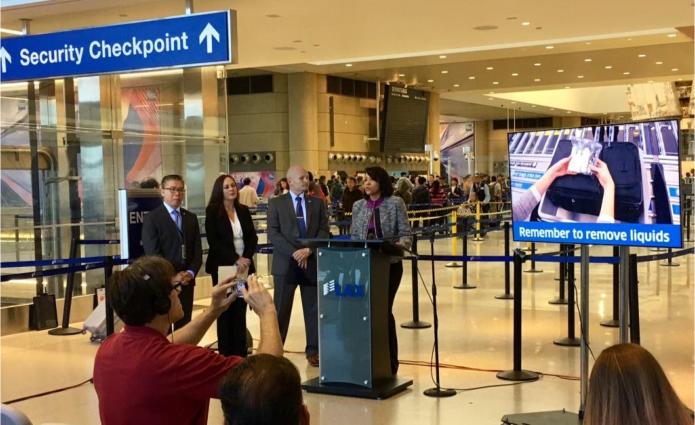
“Los Angeles World Airports is pleased to bring this enhancement to our passengers, as we continue to make LAX a gold-standard airport.” said Aura Moore, the Chief Information Officer at LAWA. “We are also happy that so many of our airline partners are on board with the decision to upgrade these lanes, and we thank the Transportation Security Administration for its partnership in making this upgrade possible.”
“Our goal is to seek out innovative solutions and processes that will increase security effectiveness while improving the passenger experience,” said Keith Jeffries, the TSA ‘s Federal Security Director at LAX. “Because ASLs automate some of the processes previously carried out by TSA officers, passengers can move more swiftly through the checkpoint without compromising security.”
The new ASLs provide the foundation for future security enhancements and assist in decreasing the overall passenger transit time, thus providing faster processing times and superior customer experience. They allow as many as five guests to place their items in trays simultaneously and submit them for screening without waiting on the first person to complete the process. Guests then line up at the body scanner or metal detector.
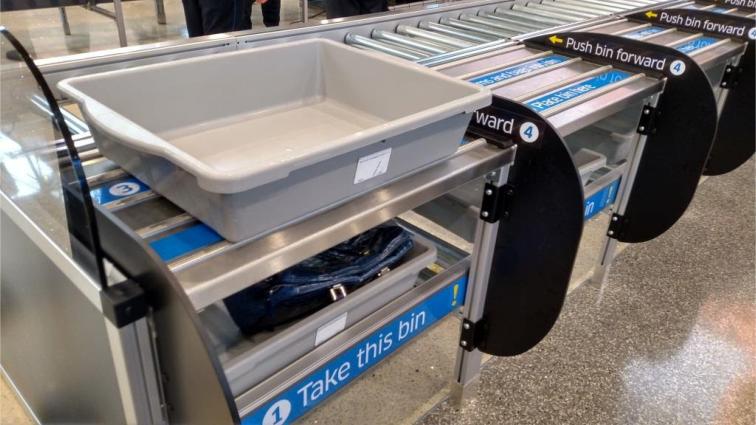
The first ASL lanes were installed in Terminal 7 about a year ago as United Airlines opened its new Security Screening Check Point. Lanes are also available in Terminals 2 and 4 at LAX, which is one of 11 airports nationwide that use the new technology.
Beyond the ability for multiple guests to fill their trays at the same time, the ASL lanes offer additional benefits for travelers, including:
- The automated conveyor belts draw trays into the X-ray machines and return the empty trays back to the front of the line for passengers. This eliminates the need to push the tray onto a belt before walking to the body scanner.
- Carry-on bags that trigger an alarm warning of a potential threat are automatically pushed to a separate area to allow trays behind them to continue through the screening process uninterrupted. Any bags that need to be checked can be moved to a table away from the line.
- The property trays that are 25 percent larger than the trays in standard screening lanes. They are the size of a bag that can go in an overhead bin, so they provide additional guidance as to what can be carried onto the plane.
- Unique Radio Frequency Identification (RFID) tags are attached to each tray to allow for additional accountability of a traveler’s items as they transit throughout the security process. A camera takes a photo of the contents of each bin, which is linked side-by -side to the X-ray image of a bag’s contents.
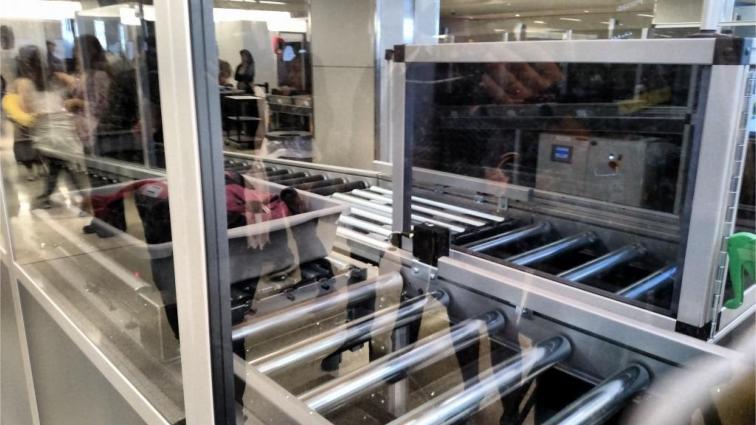
Once the project is completed, and all 14 automated and two standard lanes are operating this spring, LAX forecasts that 3,220 passengers can be screened per hour at the checkpoint, which is nearly a thousand more than its capacity when all 16 lanes used the standard equipment.
The project is being paid for through a combination of an Airport Improvement Program grant from the Federal Aviation Administration (FAA) and LAWA capital funds, which does not include any money from the City of Los Angeles’ general fund.


